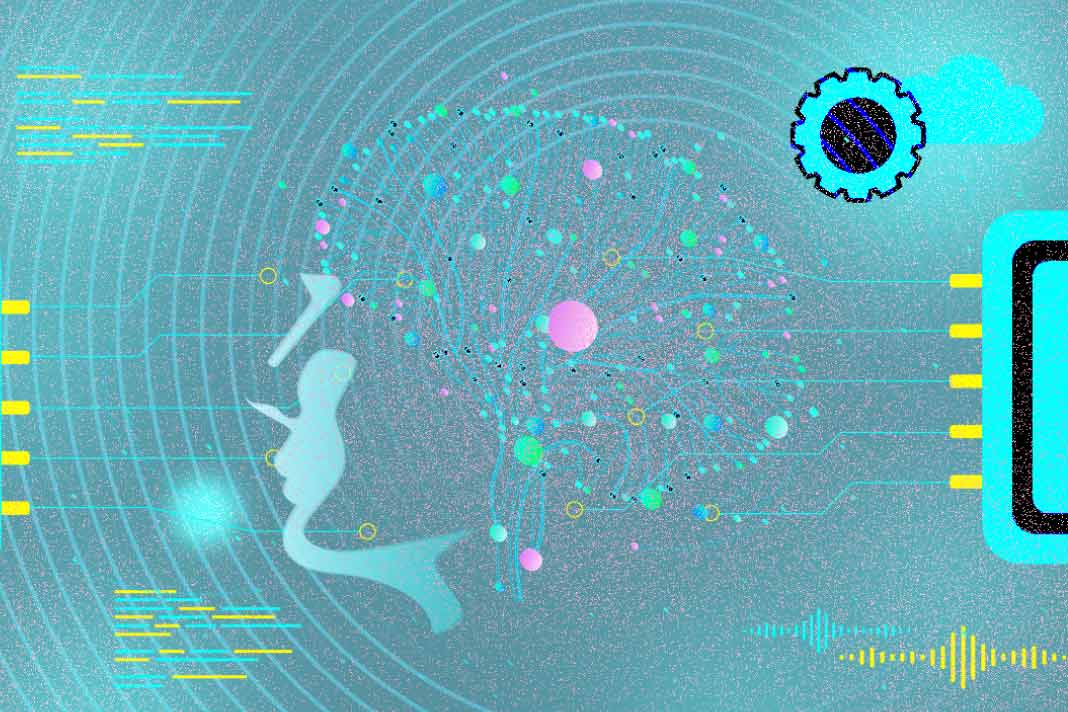Unlock the power of NLU in AI! From chatbots to sentiment analysis, NLU transforms human-computer interaction by helping machines understand language.
Natural language understanding (NLU) is a branch of AI that focusses on enabling computers to understand human language in the same way humans do. It’s a complex research area involving a combination of techniques from various fields, including computer science, linguistics, and psychology.
NLU is also a subfield of Natural Language Processing (NLP), which focuses on processing and manipulating language data.
What are the similarities and differences between NLU, NLG and NLP?
NLU (Natural Language Understanding), NLG (Natural Language Generation) and NLP (Natural Language Processing) are related to the field of AI and how computers interact with human language. However, they each have distinct roles and functionalities:
NLP (Natural Language Processing)
- Broadest term: Encompasses NLU and NLG, as well as other tasks like text summarisation, sentiment analysis, and machine translation.
- Focus: Processing and manipulating natural language data, including understanding and generating language.
- Think of it as: The overall field of language processing for computers.
NLU (Natural Language Understanding):
- Subset of NLP: Deals specifically with understanding the meaning and intent behind human language.
- Focus: Analysing text and extracting information like entities, relationships, sentiment, and humour.
- Think of it as: The “reading comprehension” side of NLP, where computers try to grasp what humans are trying to communicate.
NLG (Natural Language Generation):
- A Subset of NLP: Focusses on generating human-like text based on structured data or internal knowledge.
- Focus: Creating natural language responses, reports, summaries, or creative text formats like poems or scripts.
- Think of it as: The “writing” side of NLP, where computers translate data into human-readable language.
Also Read: Explained: Artificial Superintelligence
How is natural language understanding (NLU) used in AI?
Natural Language Understanding (NLU) is crucial in various AI applications, bridging human communication and machine interpretation. Here are some key ways it finds use in AI:
Human-computer interaction
- Chatbots and virtual assistants: NLU allows AI systems to understand user queries and respond naturally and helpfully, with variations in phrasing or slang.
- Smart Speakers: NLU empowers devices like Siri and Alexa to understand voice commands and requests, enabling hands-free interaction.
- Customer Service Applications: NLU helps chatbots and virtual assistants answer customer questions, resolve issues, and personalize interactions.
Text analysis and processing
- Machine Translation: NLU goes beyond simple word replacements, considering context and nuances to provide more accurate and natural translations.
- Sentiment Analysis: NLU helps analyze text such as reviews, social media posts, and surveys to understand public opinion, sentiment, and customer feedback.
- Text Summarisation: NLU can condense large amounts of text into summaries, extracting information and presenting it clearly and in a relevant way.
Advanced AI applications
- Question Answering systems: NLU allows AI systems to understand complex questions, search for relevant information, and provide comprehensive answers.
- Machine Writing: NLU helps AI systems generate human-quality text formats like reports, articles, or creative content based on provided data or instructions.
- Personalisation & Recommendation Systems: NLU can analyze user preferences and interactions to personalize recommendations.
Also Read: Explained: Fuzzy Logic
Overall, NLU is transforming how AI interacts with human language. It allows machines to understand our intent, emotions, and meaning beyond words, leading to more natural, efficient, and engaging interactions.
As NLU continues to evolve, we can expect even more exciting applications that bridge the gap between humans and AI, shaping various aspects of our lives.



